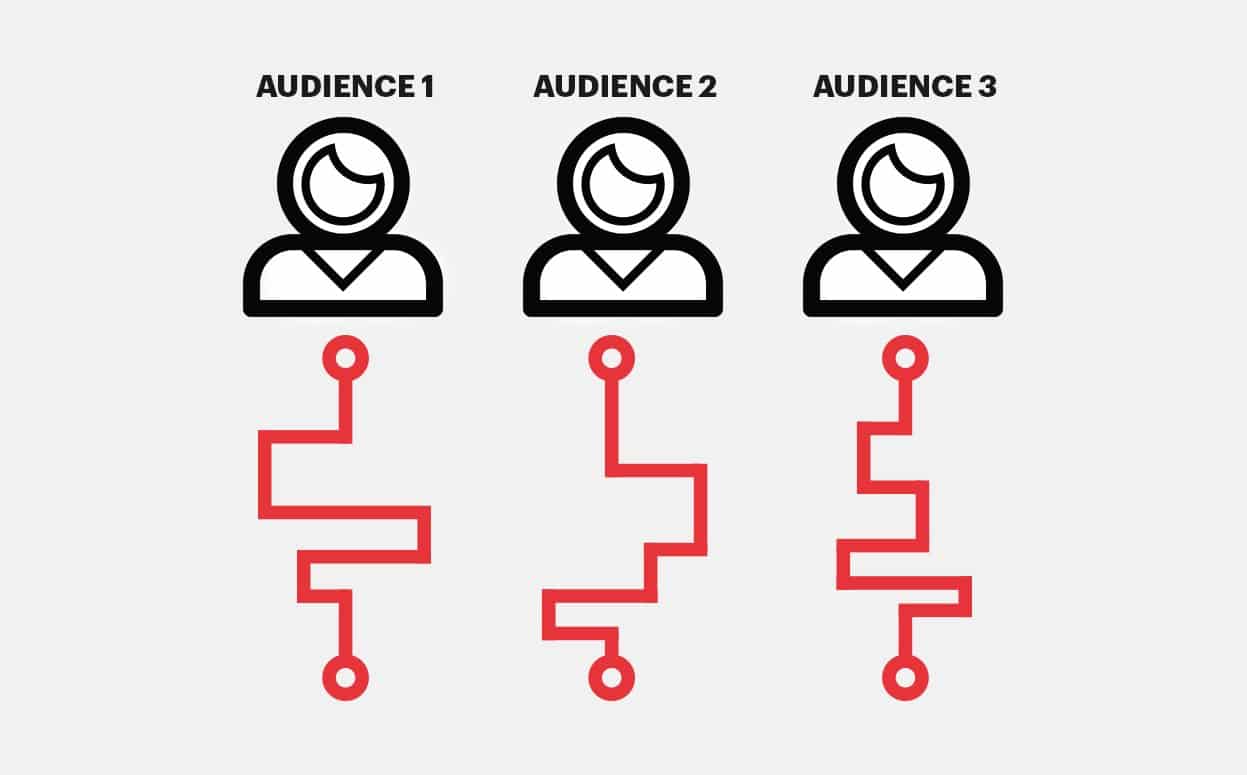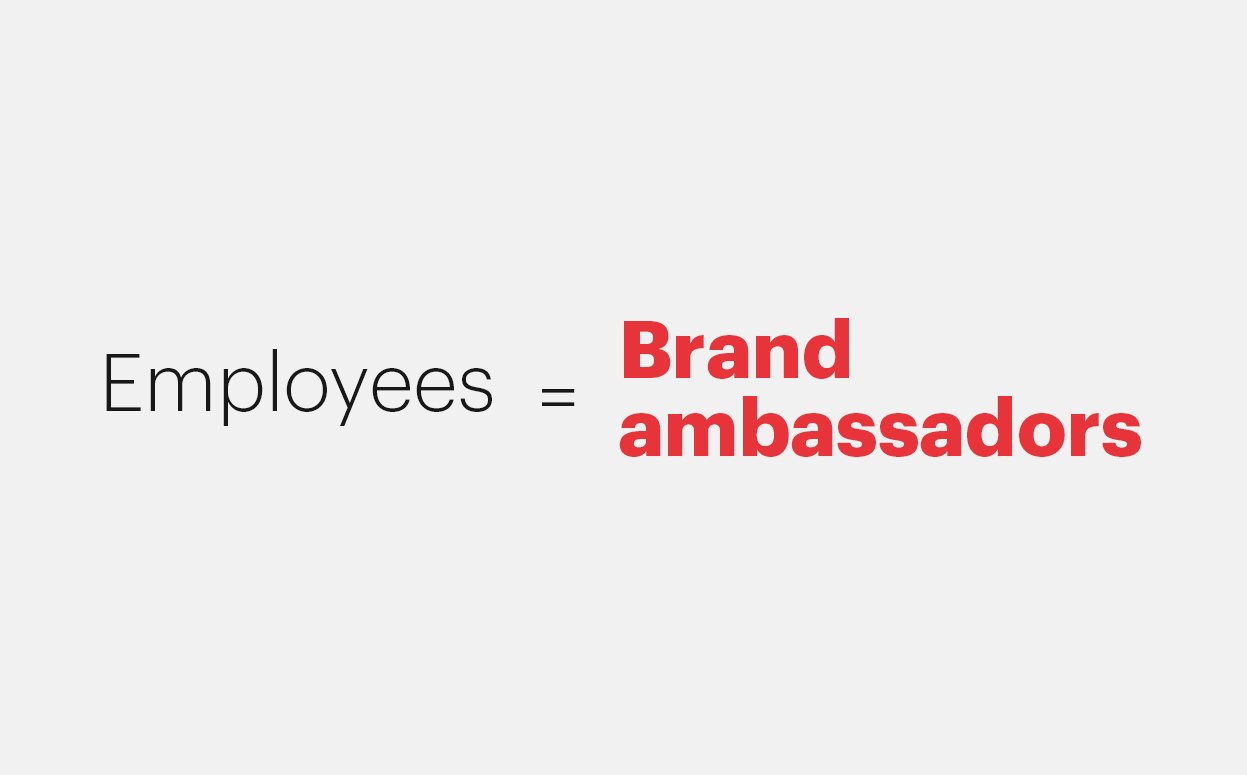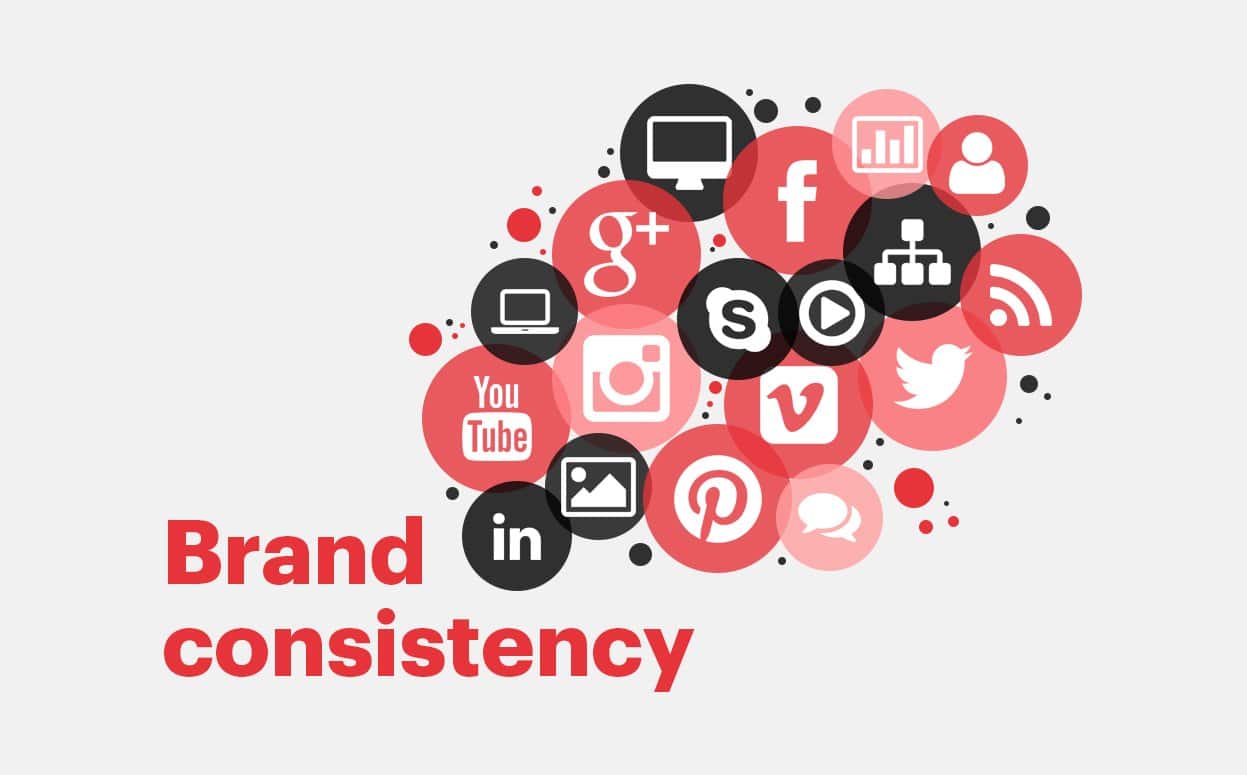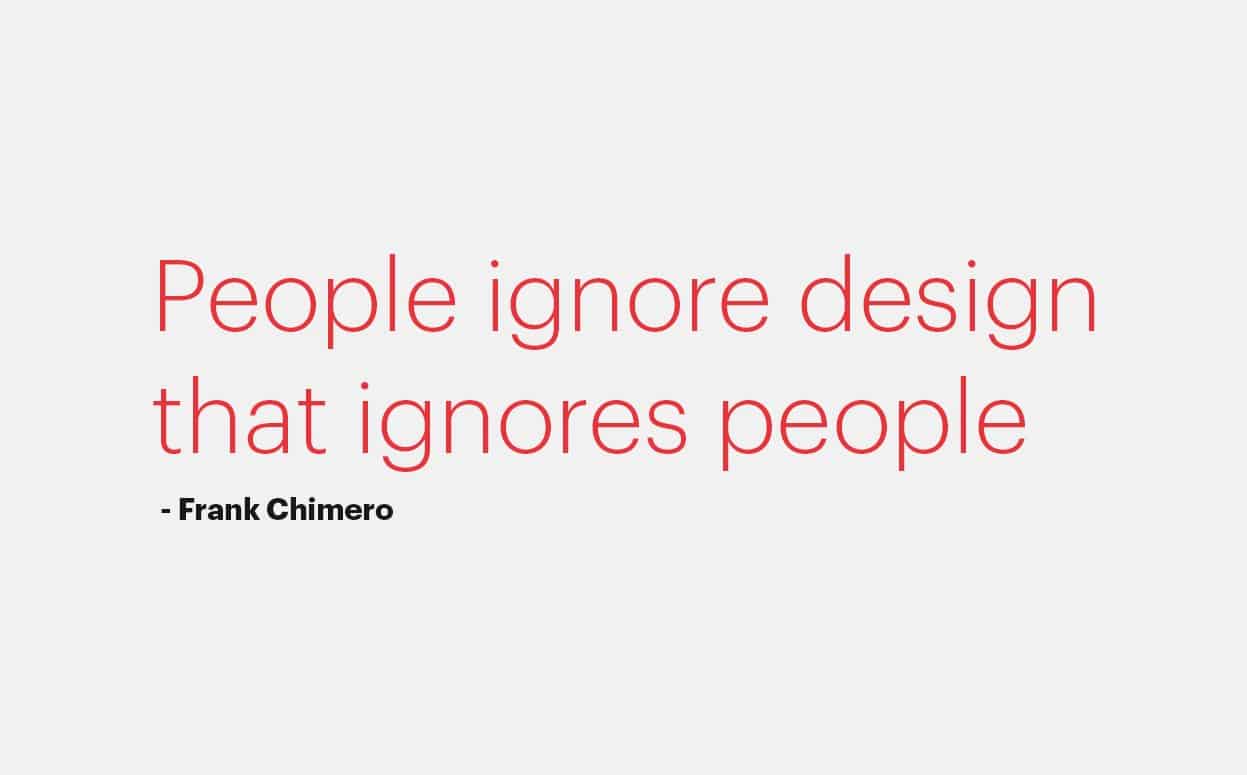How to launch a brand: Setting the course for an out-of-this-world experience

At Fabrik, we believe in the power of branding. If your company is responsible for creating “the next big thing”, then you need to make sure that you burst into the marketplace with all the fireworks and attention deserved by such a revolution. In this guide we’ll explain how to launch a brand successfully.
A new brand launch, whether you’re launching a brand for the first time, or showing off your new manifesto, is a huge marketing opportunity. The savviest organisations know how to tap into this opportunity as a way of raising brand awareness, and how to launch a brand. Yet, many companies still fail to recognize the value, and importance of a branch launch.
Think of it this way: launching a brand is your chance to get customers just as excited about your company and products as you are. It’s the difference between entering a marketplace of apathetic, dis-interested consumers, and walking out on a stage to a crowd of exhilarated fans.
From experience, we’ve noticed that marketers often leave their launch plans to the last minute, meaning that big events are rushed and under-considered. This often means that new-born brands begin their lives with a whimper, when they could have a thunderous impact. In other words -it’s a bit of an anti-climax.
The point of this “How to launch a brand” guide, is to show you that your brand is big news. Whether it’s new, or reborn, it deserves to make an impact, and your launch allows you to create that all-important collision that sends tremors throughout your target audience. A brand launch strategy is your chance to get people excited, develop a buzz, and make everyone (clients, stakeholders, trade press, and journalists), stand up and take notice.
Don’t underestimate it.
Preparing your new brand launch
If a brand emerges without a launch plan, does it make a sound?
Your brand launch is a big deal. Whether you’re figuring out how to launch a new brand in your sector, or you’re simply rebranding an existing one, you need to make sure that you’re well-prepared. In this guide, we’ll cover everything from your checklist for launching a new brand, to external and internal must-have goals.
However, before we get started, it’s important to remember that a great launch starts with great timing. You might feel as though it’s important to introduce your new look and feel as quickly as possible, but too much of a rush could lead to disaster. When necessary, remember that postponing your launch temporarily can make all the difference between glowing reviews, and a total failure.
Make sure that you’ve nailed down your positioning and messaging before you get started. Ask yourself whether your brand has the right image, the right manifesto, and whether you’re offering something that fills a specific need. Question whether your team are ready to offer the service that’s expected of them.
If anything doesn’t feel completely prepared, then it’s OK to delay your launch. Heck, you can even release product teasers periodically to give yourself more time, and build anticipation. Whatever you do, make sure you’re 100% sure of the following things:
This will put you in the right position to begin considering your launch goals.
Strategic brand launch goals
A re-launch, or a new brand launch isn’t something that companies do for fun. These are expensive, and time-consuming plans that are done for a very specific reason.
Before you engage in a brand launch, it’s important to determine exactly what you hope to achieve. By setting goals in advance of your launch, you’ll be able to make sure that everyone in your organisation is working together towards the same joint outcome.
Remember, good goals are clear, measurable, and come with a specific timeframe. They help to make sure that your launch team knows exactly what is expected of them. Goal setting with clarity can help you to measure your results too, meaning that you can clearly see where your re-branding techniques have had an impact.
Some of the most common strategic brand launch goals might include:
One of the most important things you can do to inform your launch goals, is learn as much as possible about your target audience. Knowing your target audience is key to running a successful business. Being educated on your target market can tell you which tools you need to use to make the biggest impact. It also ensures that you know which media channels your audience are most receptive too, and how you can tailor your personality to fit their interests.

Defining your goals around your audience can increase your chances of designing the perfect new brand for your company. Once you have those goals laid out, you can also share them with the crucial members of your team that will help to champion the unique characteristics of your company throughout its lifespan. For some businesses, this will mean engaging in employee training solutions, while others will simply focus on designing a manifesto that can act as a blueprint for everyone involved with the company to follow.
Launching a new brand: Checklist (your initial plan)
Goals are only the first step in your checklist for a great brand launch. Planning to show your customers the image that you want them to associate with your company takes a great deal of dedication. After all, when you launch a brand, you introduce an idea, presenting a value proposition that communicates how you, and your service is different.
Your brand launch is your opportunity to convince customers that they should care about what you have to offer, in a world that’s already saturated with similar products and companies.
Your initial plan should involve answering the following questions:
Launching a new brand: Communication methods
Before we cover the internal and external brand launch basics, let’s look at introducing your brand to the world. Before you can pull the switch and light up your new brand, you’ll need to make sure that all your marketing communications, from signage, to vehicles, to outreach materials and digital templates, are aligned.
You’ll need to make sure that you’ve identified all of your internal and external audiences, which might include vendors, partners, donors, board members, employees, industry, media, communities, and clients. Then, you’ll need to examine the best way to reach each of those audience groups.
The delivery options that you might choose could include:
Deciding on your deliverables and communication methods in advance will help you to plan out the best way to communicate and connect with each of your audiences.
Finding your brand launch ambassadors: Internal brand launch basics
A good brand launch isn’t just there for the benefit of your customers, it serves a purpose from an internal perspective too. After all, this is your chance to let the people within your company know what you’re trying to accomplish.
When done properly, a brand launch initiative can help you to create excitement and devotion within your company that ensures long-term loyalty within your key staff members. You want to create excitement, convince your staff that they’re part of something truly phenomenal.
Employee engagement is all about helping your company members to take pride in their work and what they’re doing. Involved employees are productive employees, and productive employees mean happier customers. If you can make sure that your customers understand the reasoning behind your launch or re-launch, and ensure that they’re just as excited about the development as you are, then this can increase your chances of a more successful brand experience.
The first step in doing this is to discuss your rebranding or launch plans with the most prominent members of your company. Find out their opinions about what the company is doing right, and wrong, and draw attention to why your new initiative is so important.
For employees that feel isolated, or less involved with the company, a brand launch might seem like nothing more than simply extra work. However, it’s your job as the leader of the company to show what you hope to accomplish. Share your goals and dreams with your employees, and if possible, draw attention to the manifesto that you created when you first started your journey into the rebrand.

A brand manifesto is like a mission statement for your company, but it has far more heart, and soul. The right manifesto focuses on what makes your company special from an emotional, and human perspective. For instance, a company that’s designing software for hospitals might have a manifesto that focuses entirely on simplifying the lives of doctors, so that they can offer better care to their patients.
If you can create a manifesto, and a brand story that appeals not only to your customers, but makes your employees feel as though they’re a part of something bigger, then you increase your chances of developing engaged, and dedicated brand launch ambassadors. In other words, your staff members become the individuals that are most willing to share the new benefits of your brand with your audience.
Employees should feel like that they’re part of something special, you could even create a copy of your manifesto for your staff members to take away with them. Introduce them to training sessions that give them access to concrete examples of how they can apply your new brand identity, in everything from their interactions with customers, to the ways that they complete their daily tasks.
Review your new identity, and talk about the ambitions and goals you want to achieve as a company. For instance, look at Apple as an example. Steve Jobs made it his aim to change the world with his products. Every aspect of the brand is focused around a revolution in technology, which has forced entire industries to change in an attempt to simply keep up. If you can do something that your competitors have never done before, and convey the idea of your future goals and ambitions to your employees as something that’s truly important, then they’re far more likely to care.
When it comes to an internal brand launch, your main goal should be inspiration. You need to inspire an entire company into motion by outlining clear initiatives, underscoring your new identities, and engaging with your employees so that they’re willing to take the stage as champions for your brand. After all, brand launch ambassadors are crucial to success.
How to launch a brand: External launch basics
Once you have everyone on the same page within your business, you’ll be able to act as a unified force when it comes to making an external impact. The first thing to remember about an external brand launch, is that timing is everything.
We touched on this fact earlier, but it’s worth addressing a little further here. Finding the right window to grab your audience’s attention can be the difference between whispering into the wind, and announcing your company in a crisp and clear auditorium.
In a lot of circumstances, businesses will change their launch date because of things like technical issues, or lack of planning. However, the experience of many brands shows that a launch postponement should be avoided at all costs. After all, if you’ve been building up buzz on social media, or designing anticipation for your brand, then postponing the promised launch date is only going to lead to frustration and disappointment.
Besides timing, another factor you need to keep in mind when launching your brand, is a consistent and targeted set of messages, issued through the right mix of media. When you start promoting your brand online, offline, and in a host of different environments, you need to make sure that you stay consistent in everything from the style of your advertisements, to the subjects of your promotional campaign, and even your colour choices.

Any alterations in your brand messaging could end up confusing your audience, and making it look as though you aren’t fully devoted to your new image. Remember, during the planning stage of your launch, you should have taken the time to consider the interests of your audience, and created a personality that appeals to them. Sticking to that same personality in everything you do will help you to avoid a complicated and schizophrenic brand launch that harms your overall impact.
Analysing the industry during this time will help you a great deal. After all, seeing what’s working for competing brands, or gathering as much data as possible from prior campaigns could give you the information you need to ensure that you’re using the right social platforms and media to communicate with your new audience.
A brand launch is more than just a single event (though we’ll cover that later), it’s also a host of branded media issued across emails, websites, blog posts, and social media sharing. During your planning phase, you should have outlined the different channels that you want to use to share your message. Remember, this isn’t a “more the merrier” concept – you should be choosing channels that directly appeal to your target audience.
That being said, you should also seize every opportunity to garner more column inches when it comes to earning attention from local media and press. Digital PR is the bread and butter of the PR world today, and it can help to strategically drive attention to your events and company. After all, someone else shouting about your brand launch is far more appealing than you doing all of the promotion yourself. Contact radio and television stations, blog owners, influencers on social media, and other crucial sources of press exposure as often as you can.
Remember to put the focus on people, not the brand
Although this section links in with the section above on external brand launch tactics, it’s so crucial that it deserves a sub-heading of its own. Getting the focus right when you’re launching a brand can be incredibly difficult. Even with your brand launch ambassadors ready to set your strategy in motion, it can be easy to lose track of what you’re trying to accomplish.
If you look at all of the massive press releases that have taken place in the news over the last decade or so, you’ll find that the most effective, news-worthy launches were around products and companies that didn’t focus exclusively on what was great about their business, but what their business could do for the customers.
When crafting your product launch, this is by far the most important element you should focus on. Your aim should be to show what you can do for people, not what people can do for your brand. When you launch your brand, everyone in your company is likely to be excited about the ambitions you have for the future – particularly if you’ve done your internal launch correctly.
Unfortunately, this can mean that you’re all too keen to share information that your audience simply doesn’t care about. Remember that your customers are interested in their problems, and how your product or service is going to fit into their life.
Every aspect of your launch, and your marketing efforts should be centred around what your product can do to make your customer’s life better.
How to launch a new brand in your sector: The big event
Your launch should be an event – one way or another.
It’ll be your decision to determine whether a “mega-launch” event with guest speakers and music is the right way to go, or whether you’d make a better impact with a series of smaller, and more personal events. Usually, you’ll be able to determine this information simply by checking out what competitors are doing, and evaluating the preferences of your audience.
The only type of event that isn’t really suitable – is one that isn’t designed for your target market. One-size-fits-all launches are disasters waiting to happen. Either pick a big blow-out event, or host a bunch of social webinars, chats, and influencer boosts on social media to help show off your brand. However, make sure that you do something that you know will appeal to your audience, and show off your new personality perfectly.
Try to keep these tips in mind when constructing your brand launch event:
How to launch a brand: Top tip, get visual with it
Before we wrap this guide up, we’d like to draw attention to one final option for people considering a significant brand launch. Video is the perfect channel for people who want to share their new brand with a world of potential customers, employees, partners, and other individuals. It’s a quick and cost-effective means for reaching countless people at the same time, with the same consistent message.
You could use a range of videos to introduce separate things, like the new visual identity guidelines of your brand, so that it’s easier for staff to implement them across communication pieces. Or, you could simply use your video solutions to introduce customers to new aspects of your brand, one story at a time.
61% of businesses have already introduced videos as a marketing tool. The reason is because it has four incredible powers:
A brand launch that’s out-of-this-world
This guide might seem like it contains a lot of information, but it only really scratches the surface of how important a good brand launch can be.
Remember, if you follow the steps we’ve outlined above, you should be able to reach a lot of people with your new brand launch, from individuals within your company that become brand launch ambassadors, to new customers. However, remember that it often takes several touch points for a person to be convinced to take out a demo or start a trial. Make sure that you continue to nurture your campaigns and hold true to the personality you’ve displayed in your launch, and your brand manifesto.
Marketing and business success is a long-term strategy, but a great brand launch is the first step in creating a company that’s out of this world.
If you enjoyed this article, you might enjoy these ones too:
– How to conduct a marketing audit and fix all of your pesky communication woes
– What is guerrilla marketing and what can it do for your brand?












